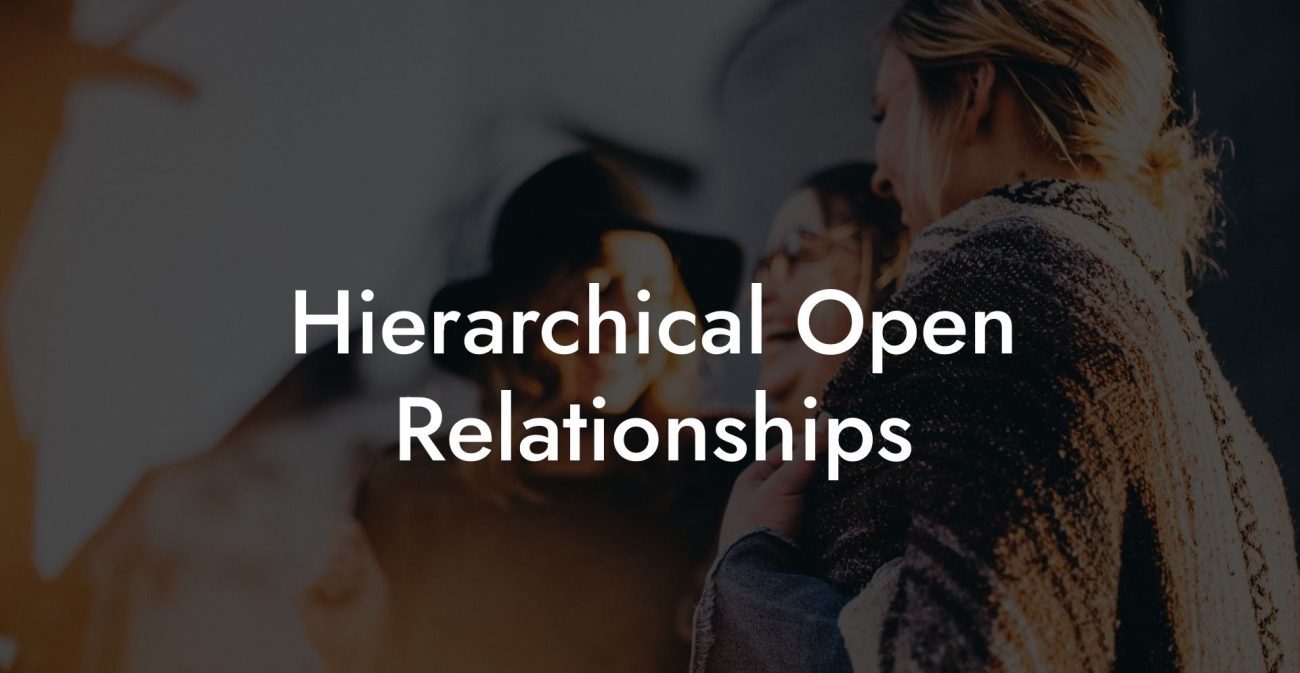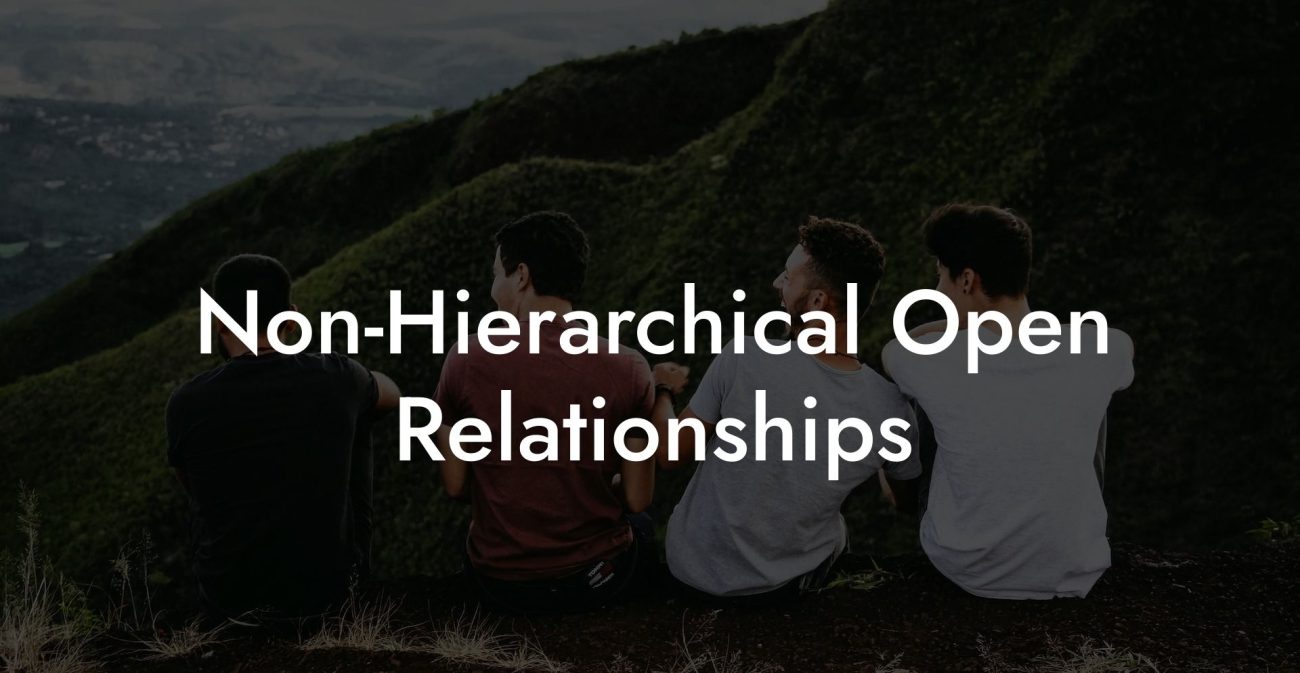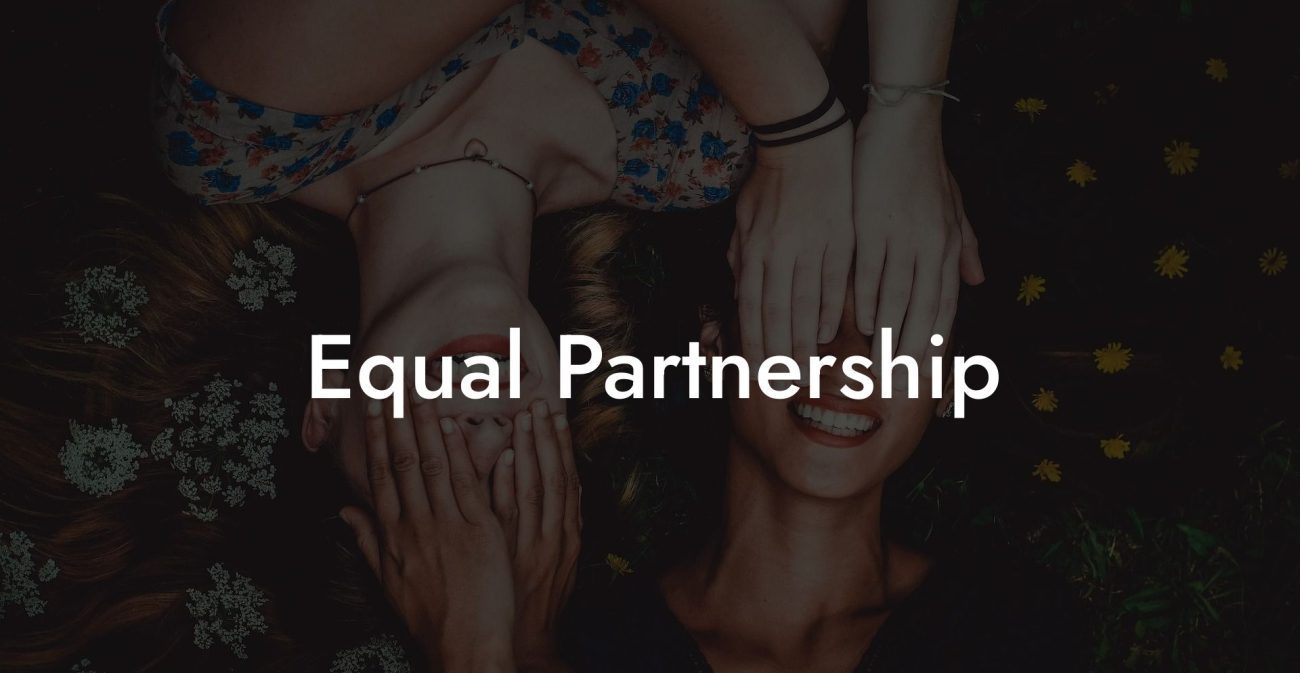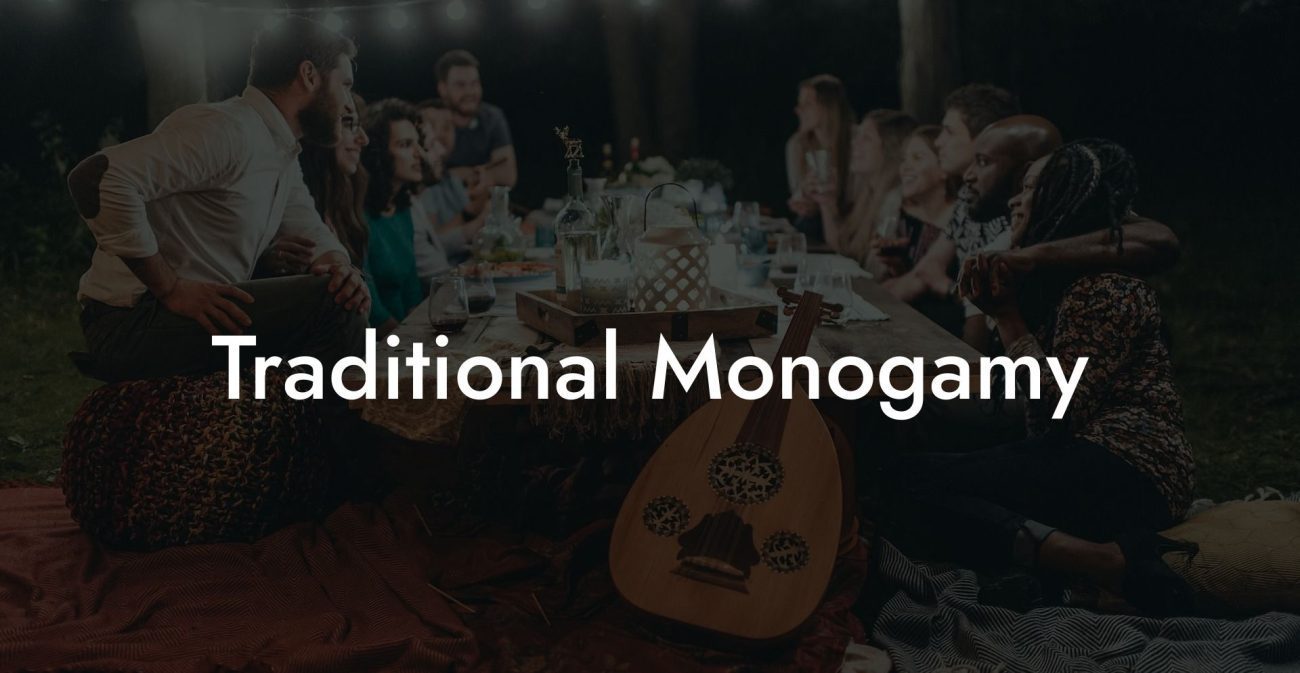Monogamous Relationship vs Polyamory: Key Differences
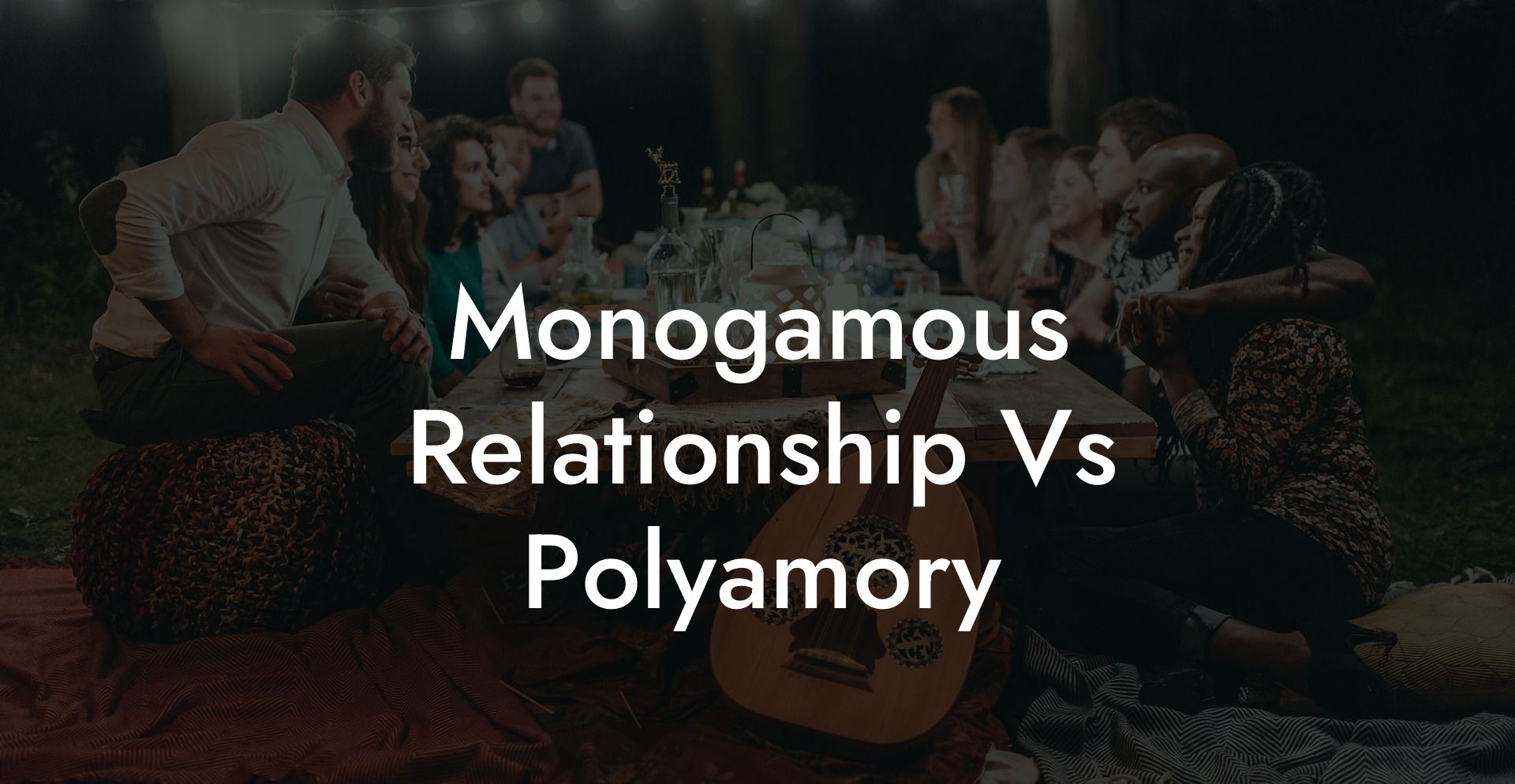
Welcome to our guide to the key differences between monogamous relationships and polyamory. As contemporary society evolves and more people explore diverse models of intimacy, it is important to understand how these two relationship styles differ in structure, philosophy, legal standing, and emotional dynamics. Whether you are considering a shift in your own relationship style, are simply curious about alternative ways of loving, or are a researcher exploring modern relationship trends, this guide provides clear definitions, historical context, ethical and psychological insights, and practical strategies to help you navigate and compare these two distinct models.
Quick Links to Useful Sections
- Understanding Monogamous Relationships
- Definition and Key Features
- Historical and Cultural Perspectives on Monogamy
- Benefits of Monogamous Relationships
- Challenges of Monogamous Relationships
- Understanding Polyamory
- Definition and Core Principles
- Historical and Cultural Context of Polyamory
- Benefits of Polyamorous Relationships
- Challenges of Polyamorous Relationships
- Key Differences Between Monogamous Relationships and Polyamory
- Structure and Commitment
- Legal Recognition and Social Framework
- Communication Dynamics
- Emotional and Psychological Aspects
- Social and Cultural Implications
- Practical Considerations and Strategies
- Self-Reflection and Personal Values
- Building Effective Communication Skills
- Establishing Clear Boundaries
- Prioritizing Self-Care and Emotional Well-Being
- Building a Support Network
- FAQ: Your Monogamous Relationship vs Polyamory: Key Differences Questions Answered
In the following sections, we will define and explore what constitutes a monogamous relationship and what polyamory means. We will then examine the fundamental differences between these models, discussing issues such as commitment, communication, legal recognition, and social implications. By the end of this guide, you’ll have a detailed understanding of the benefits and challenges of each model and be better equipped to decide which approach aligns with your personal values and relationship goals.
Understanding Monogamous Relationships
Definition and Key Features
A monogamous relationship is one in which two individuals commit exclusively to each other for romantic and often sexual intimacy. Monogamy is the predominant model in many cultures and is typically characterized by the following key features:
- Exclusivity: Both partners agree to engage in intimate, romantic, or sexual activities only with each other.
- Long-Term Commitment: Monogamous relationships often involve long-term or lifelong commitment, with partners working together to build a shared future that may include cohabitation, financial interdependence, and sometimes legal marriage.
- Social and Cultural Norms: monogamy is widely supported by legal institutions, religious doctrines, and cultural traditions, which reinforce the idea of an exclusive, two-person union as the standard for forming a family.
- Emotional Focus: Many monogamous relationships emphasize a deep, focused emotional connection that is nurtured exclusively between the two partners.
Historical and Cultural Perspectives on Monogamy
Monogamy has deep historical roots, particularly in Western cultures where it became institutionalized through religious and legal frameworks. Over centuries, monogamous marriage has been seen as a cornerstone for building stable families, ensuring inheritance rights, and maintaining social order. The cultural emphasis on exclusivity and fidelity has shaped societal expectations and legal systems, making monogamy the default model in many parts of the world.
Despite its prominence, modern debates have begun to challenge the assumption that monogamy is the only or best way to experience love and intimacy. Many individuals now question whether an exclusive, two-person model can fully meet the diverse emotional and sexual needs of contemporary life.
Benefits of Monogamous Relationships
Monogamous relationships offer several advantages:
- Simplicity and Clarity: With only two partners involved, roles, expectations, and responsibilities are typically more straightforward and easier to manage.
- Legal Recognition: Monogamous marriages are legally recognized and supported by a well-established framework that provides rights and protections for both partners.
- Deep Emotional Bond: The exclusivity inherent in monogamy can foster a focused, intimate connection that many find emotionally fulfilling.
- Stability: The societal and cultural support for monogamy can offer a sense of security and social legitimacy.
Challenges of Monogamous Relationships
Despite its benefits, monogamy is not without challenges. Some common issues include:
- Emotional Stagnation: Over time, couples may experience a decline in sexual or emotional excitement, which can lead to feelings of boredom or dissatisfaction.
- Pressure to Conform: Societal expectations can place pressure on couples to remain exclusively committed, even when personal or emotional needs change.
- Limited Emotional Diversity: Relying solely on one partner for emotional support may not meet all an individual’s needs, leading some to feel that the relationship is too restrictive.
Understanding Polyamory
Definition and Core Principles
Polyamory is the practice of engaging in multiple consensual romantic and/or sexual relationships simultaneously, with the full knowledge and consent of all parties involved. Unlike monogamy, polyamory is not bound by the requirement of exclusivity. Instead, it emphasizes:
- Consensual Non-Monogamy: Every relationship is based on informed and ongoing consent among all partners.
- Transparent Communication: Regular, honest dialogue about boundaries, expectations, and emotional needs is essential.
- Flexibility and Fluidity: Polyamorous relationships are often fluid and can evolve over time, with partners forming different types of connections ranging from casual to deeply committed.
- Emphasis on Personal Autonomy: Individuals are encouraged to maintain their independence and pursue personal growth alongside their relationship commitments.
Historical and Cultural Context of Polyamory
Although the term "polyamory" is relatively modern, the idea of forming multiple intimate connections is not new. Many indigenous cultures and historical societies practiced various forms of non-monogamy, even if they were not labeled as polyamory. In recent decades, as social attitudes have shifted and the internet has provided a platform for sharing diverse lifestyles, polyamory has emerged as a popular alternative to traditional monogamy.
Modern polyamory is characterized by its emphasis on open relationships, personal freedom, and the belief that love is not a finite resource. Cultural acceptance of polyamory is growing, particularly in progressive communities where diverse expressions of intimacy are celebrated.
Benefits of Polyamorous Relationships
Polyamorous relationships offer several potential benefits:
- Diverse Emotional Support: Multiple relationships can provide a wide range of emotional support, catering to different needs and preferences.
- Personal Freedom and Flexibility: Polyamory allows individuals to explore various dimensions of intimacy without the constraints of exclusivity.
- Enhanced Communication Skills: The necessity for constant, honest dialogue in polyamorous relationships often leads to improved communication and conflict resolution abilities.
- Opportunities for Growth: Managing multiple relationships can foster self-awareness, emotional resilience, and personal development.
Challenges of Polyamorous Relationships
Polyamory also comes with its own set of challenges:
- Managing Jealousy: The presence of multiple partners can sometimes trigger feelings of jealousy and insecurity, requiring strong emotional intelligence to manage.
- Time Management: Balancing the needs of multiple relationships demands effective scheduling and prioritization.
- Social Stigma: Despite growing acceptance, polyamorous individuals may still face prejudice or misunderstanding from those who adhere to traditional monogamous norms.
- Complexity in Relationship Dynamics: Navigating diverse emotional needs and expectations can lead to conflicts that require ongoing negotiation and clear boundaries.
Key Differences Between Monogamous Relationships and Polyamory
Structure and Commitment
The most fundamental difference between monogamy and polyamory lies in the structure of commitment:
- Monogamy: Involves an exclusive, one-on-one commitment, where both partners agree to invest emotionally and sexually only in each other. This model emphasizes a singular, focused bond.
- Polyamory: Involves multiple, simultaneous relationships with varying degrees of commitment. Partners may have primary, secondary, or non-hierarchical roles, and the emphasis is on openness and the ability to form connections with more than one person.
Legal Recognition and Social Framework
Legal systems around the world are predominantly structured to support monogamous marriages. As a result:
- Monogamy: Enjoys full legal recognition, which provides spouses with rights related to inheritance, custody, taxation, and spousal benefits.
- Polyamory: Typically lacks formal legal recognition because relationships are not bound by marriage in the traditional sense. This can lead to challenges in areas like property rights and legal protections, even though polyamorous relationships are fully consensual and ethical.
Communication Dynamics
Communication is vital in any relationship, but the dynamics differ significantly:
- Monogamy: Focuses on deepening the connection between two individuals, often resulting in streamlined communication and conflict resolution strategies.
- Polyamory: Requires constant, multi-directional communication among all partners. Negotiating boundaries, sharing emotions, and resolving conflicts can be more complex due to the number of relationships involved.
Emotional and Psychological Aspects
Emotional dynamics vary greatly between these relationship models:
- Monogamy: Often provides a focused, exclusive emotional bond that can lead to intense intimacy and security, though it may also sometimes limit the diversity of emotional support.
- Polyamory: Offers diverse sources of emotional fulfillment, as different partners can meet different emotional needs. However, this diversity also requires individuals to manage feelings like jealousy and to develop advanced emotional intelligence.
Social and Cultural Implications
Cultural perceptions of relationships are deeply influenced by social norms:
- Monogamy: Is widely accepted and promoted by legal, cultural, and religious institutions, providing a strong social framework and support system.
- Polyamory: Though gaining popularity and acceptance, polyamorous relationships often face social stigma and misunderstanding from those who adhere to conventional monogamous values.
Practical Considerations and Strategies
Self-Reflection and Personal Values
When choosing between monogamy and polyamory, self-reflection is essential. Ask yourself:
- Do I value exclusivity and focused emotional investment, or do I desire diverse connections?
- How do I handle complex emotions like jealousy?
- What are my long-term relationship goals?
- How important is legal recognition and societal support to me?
Building Effective Communication Skills
Regardless of the relationship model you choose, effective communication is crucial. Strategies include:
- Scheduling regular check-ins to discuss feelings and expectations.
- Practicing active listening and nonviolent communication techniques.
- Using digital tools, such as shared calendars and group chats, to coordinate schedules and maintain transparency.
Establishing Clear Boundaries
In polyamorous relationships, clear boundaries are key to preventing misunderstandings and ensuring that all partners’ needs are met. Create written or digital agreements that outline:
- Personal space and time commitments.
- Guidelines for emotional and physical intimacy.
- Financial responsibilities and shared obligations (if applicable).
- Conflict resolution strategies and protocols.
Prioritizing Self-Care and Emotional Well-Being
Taking care of your emotional and physical health is critical, especially when managing complex relationships. Establish routines that support your well-being:
- Engage in regular exercise and mindfulness practices.
- Set aside time for personal hobbies and self-reflection.
- Consider professional counseling or therapy to help navigate challenging emotions.
Building a Support Network
Connect with like-minded individuals through online forums, support groups, and community events. A strong support network can provide:
- Emotional validation and practical advice.
- Opportunities for learning from others’ experiences.
- A safe space to discuss the challenges and benefits of your chosen relationship model.
FAQ: Your Monogamous Relationship vs Polyamory: Key Differences Questions Answered
1. What is a monogamous relationship?
A monogamous relationship is one in which two individuals commit exclusively to each other, sharing a deep emotional and often sexual bond, with legal and cultural recognition in most societies.
2. What is polyamory?
Polyamory is the practice of engaging in multiple consensual romantic or sexual relationships simultaneously, with open communication, mutual consent, and often a flexible, non-hierarchical structure.
3. How do monogamous and polyamorous relationships differ in structure?
Monogamous relationships are exclusive and focused on a one-on-one bond, while polyamorous relationships involve multiple partners, which can be structured hierarchically (with primary and secondary partners) or non-hierarchically, emphasizing equality and flexibility.
4. What are the legal differences between the two models?
Monogamous relationships, especially through marriage, are legally recognized and offer various rights and benefits. In contrast, polyamorous relationships do not have the same legal recognition, which can affect issues like inheritance, custody, and spousal benefits.
5. What are the key emotional differences between monogamy and polyamory?
Monogamy focuses on deep, exclusive emotional bonding, while polyamory provides diverse sources of emotional support. However, polyamory requires advanced communication skills and the ability to manage complex emotions such as jealousy.
6. How do cultural attitudes impact these relationship models?
Monogamy is widely accepted and reinforced by legal, cultural, and religious institutions, whereas polyamory, although gaining acceptance, often faces social stigma and misconceptions from those who adhere to traditional norms.
7. Where can I find additional resources on these topics?
Additional resources include books such as "The Ethical Slut" by Dossie Easton & Janet Hardy and "More Than Two" by Franklin Veaux & Eve Rickert, podcasts like "Multiamory" and "Polyamory Weekly," and online communities such as r/polyamory.
Resources and Community Support: Your Next Steps
- "The Ethical Slut" by Dossie Easton & Janet Hardy – A seminal book that explores various relationship models and provides in-depth insights into ethical non-monogamy.
- "More Than Two" by Franklin Veaux & Eve Rickert – A comprehensive guide offering practical advice on managing multiple relationships and understanding the dynamics of both monogamy and polyamory.
- Podcasts: Tune into "Multiamory" and "Polyamory Weekly" for engaging discussions and real-life stories on alternative relationship dynamics.
- Online Communities: Join forums such as r/polyamory and other social media groups to exchange ideas and gain support.
- Workshops and Webinars: Attend events focused on relationship psychology and ethical non-monogamy to expand your knowledge and network with like-minded individuals.
By exploring these resources and applying the practical strategies outlined in this guide, you can develop a clear, informed understanding of the key differences between monogamous and polyamorous relationships. Embrace continuous learning, open dialogue, and self-reflection as you navigate the diverse landscape of love and commitment.
Lost & confused by all of the terms, types and seemingly made up 3 letter acronyms?? We've got you. Check out our Ethnical Non-Monogamy Dictionary >>
Useful Interruption: Not sure which relationship vibe fits you best? Take our Relationship Test, it’ll give you the real insight into your natural relationship style. Then, dive into our binge-worthy guides (from the tried-and-true to the “wait, that’s a thing?”) and find the perfect relationship type for your life:
- Monogamy
- Open Relationships
- Ethical Non-Monogamy
- Solo Polyamory
- Non-Hierarchical Polyamory
- Hierarchical Polyamory
- Relationship Anarchy
- Swinging
Now back to the main article but yeah take the test...

